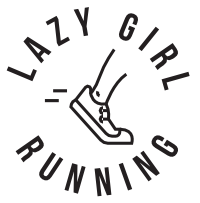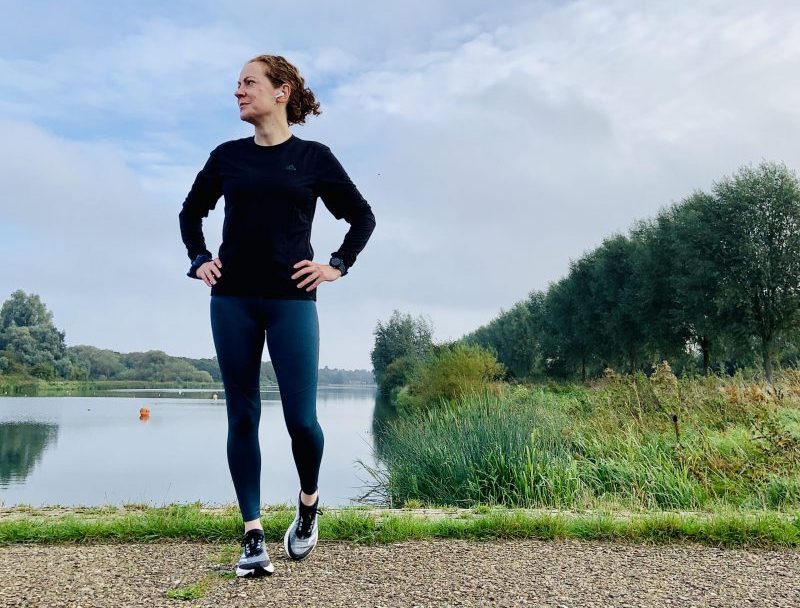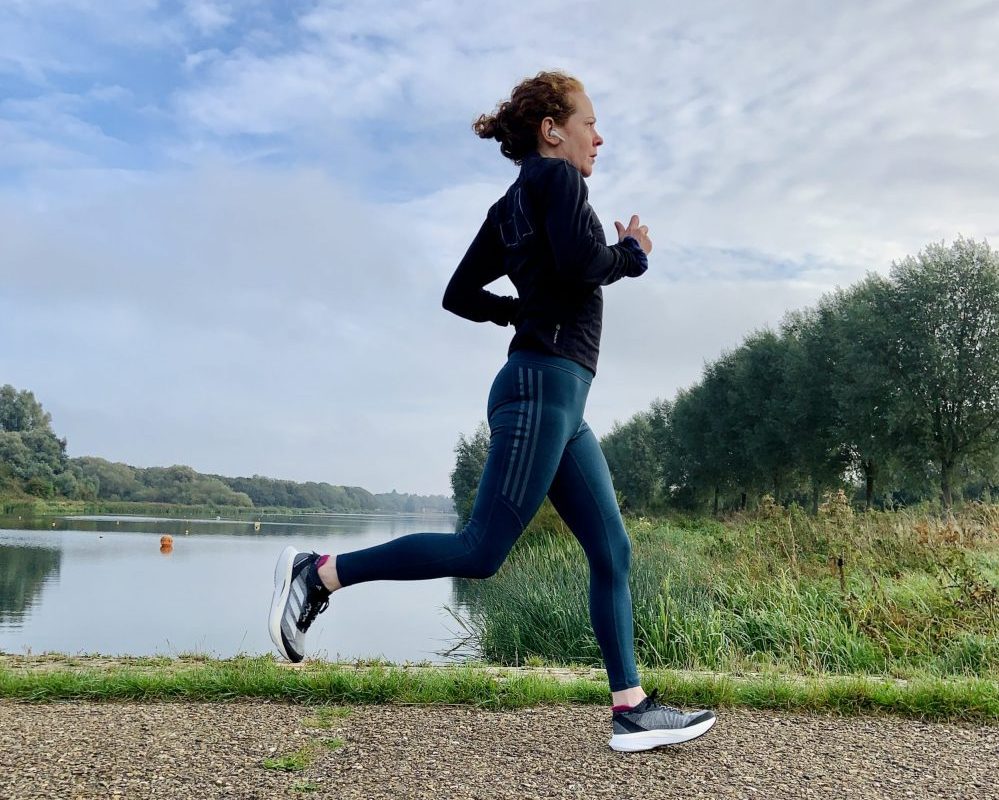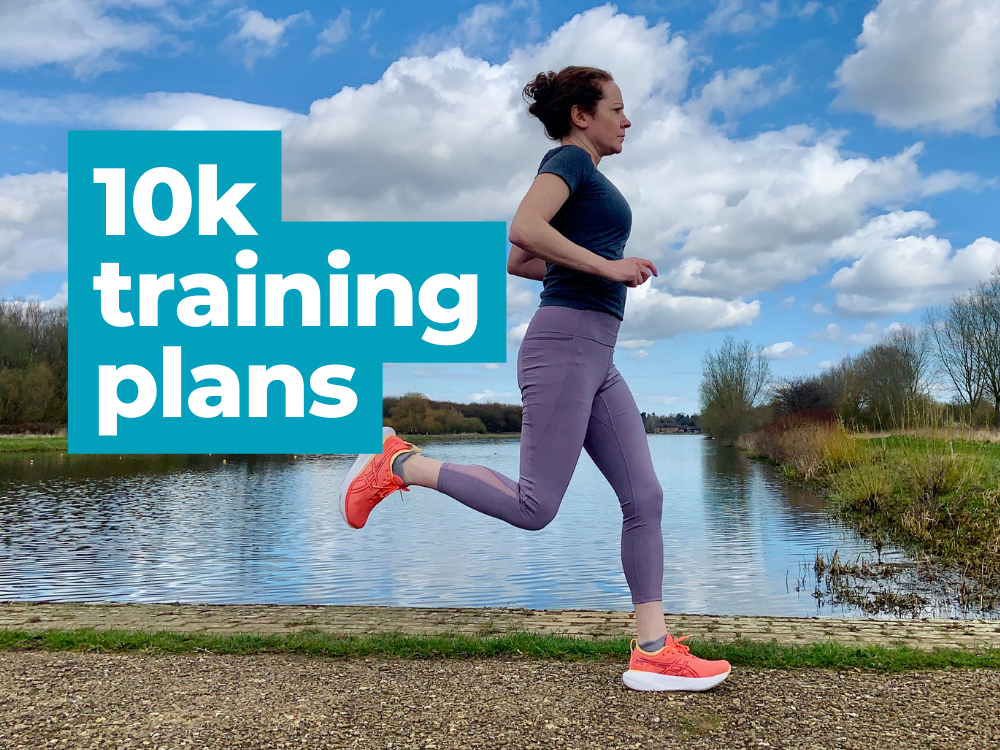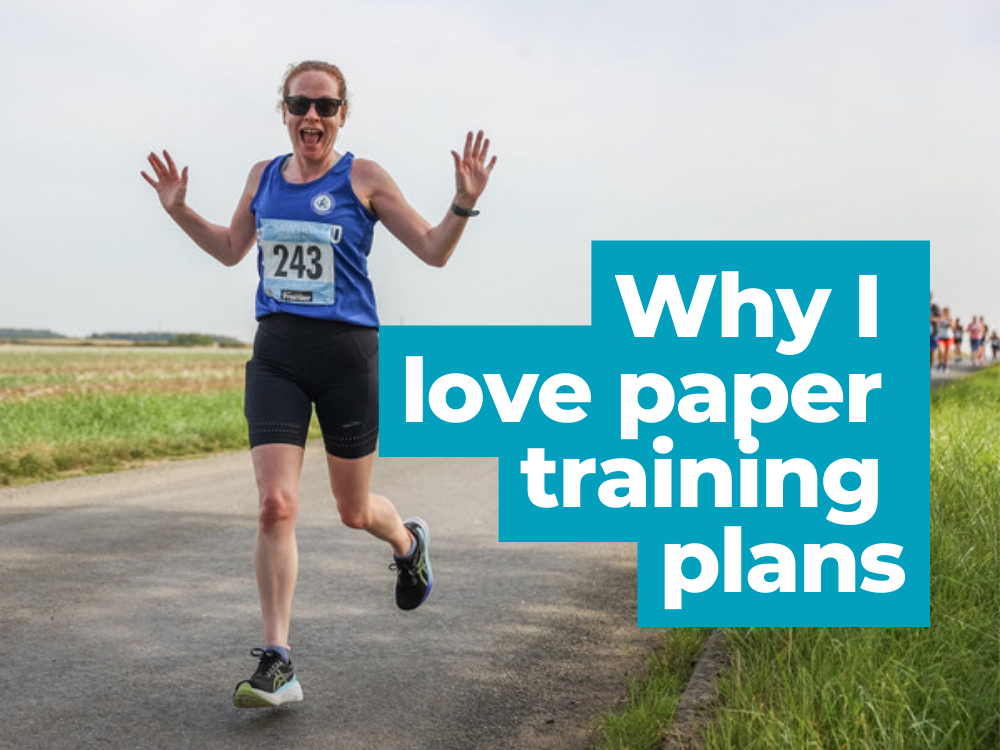How to pace a run: 3 ways to get it just right
I’ve written before about why it’s important to run your easy and long runs at the right pace – and how most runners are guilty of running these far too fast. And I’ll keep banging on about it because there’s huge benefits to be had by running in a truly easy zone.
I posted the picture below (original here) to social media to demonstrate my point. This is Shalane Flanagan’s training log in the run up to New York Marathon in November where she became the first American woman to win in 40 years. She won in 2 hours 26 minutes – an average pace of 5:36/mile. Shalane knows how to pace a run.
But if we look at her training log, the week below shows two 11-mile runs of 88 mins each – a pace of 8:00/mile – or almost 2:30 min slower than her marathon pace. There’s also a 17 mile long run, which if 2:15 is the length of time it took (which I suspect it is) rather than the time of day she went out running, also works out to be 8:00/mile.
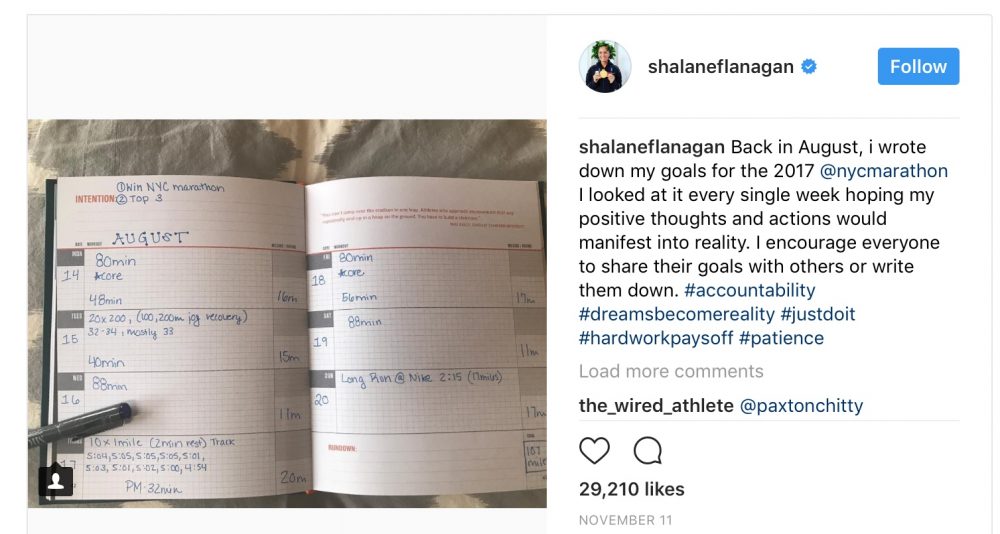
Now, 8:00/mile isn’t an easy pace for most runners. This might be as fast as you could run one mile or your goal 10k pace. Paces are relative to our fitness and our PBs. 8:00/mile isn’t slow for us, but it IS slow for Shalane as her marathon pace of 5:36/mile shows.
If you’re training for a marathon or half, I’ll bet that you’re not doing many of your miles 2:30 min/mile slower than your marathon goal pace.
How to pace a run
Runners panic if their pace is too slow. They worry that running slow in training isn’t doing them any good and think that the pace they run their long runs should be the same as their goal marathon pace.
But they also run too fast because judging the right pace (for all workouts – not just easy and long runs) can be difficult. So how do you know how slow to go?
There’s several methods you can use:
- perceived effort
- race times
- heart rate
Perceived effort
Perceived effort has obvious limitations. If we were any good at judging our efforts correctly, there wouldn’t be so many runners tearing around on their ‘easy’ runs and I wouldn’t be writing this post.
If you can get it right, though, and learn to run in the right training zones on feel alone, this will pay dividends when it comes to pacing your races well. I’d suggest experimenting with the other two methods below and seeing how they compare to what you perceive each training zone to feel like.
Race times
I’ve traditionally used race times to pace my own runs. So, for example, my threshold runs might be at my 10k pace + 10 sec per mile. This is a rough calculation as finding your true threshold requires running on a treadmill in a lab, something that I’m not going to do.
The downside to using race times is that they’re often out of date and not a true reflection of our current fitness. This is one reason why it’s good to do a 5k or 10k at the start of a training cycle to get a benchmark and something to calculate training paces from.
This isn’t always feasible though, if you’re coming back from an injury or, say, pregnancy and childbirth, it’s not advisable to go out and run a flat-out 5k straightaway. But these are times when it’s vitally important to get your easy paces right and not get caught out trying to run at what was once your easy pace.
Heart rate
So this leaves us with heart rate. The first change I made to my training when I discovered I was pregnant was to switch my old faithful GPS for one with wrist heart rate monitoring. I started using heart rate to make sure I was running in a truly easy to moderate zone, knowing that the pace that this worked out at would change as the weeks went on.
To work out your easy pace via heart rate, the rough calculation is:
220 – your age = your max heart rate
Easy pace = 70% of maximum heart rate
Long run = 75-85% of max heart rate.
A lot of runners are surprised by how slow an easy pace, as determined by heart rate, works out. And they’re put off using it by the (sometimes frustratingly) slow pace. But disciples of heart rate training will tell you how running in the right zone can make a big difference to your pacing if you have enough patience and faith to stick with it. The limitation of this training is that the calculations used aren’t 100% accurate.
Using heart rate to determine my pacing was an interesting experience and I’m sure that I’ll continue to experiment with it as I return to running – this time using the upper training zones to dictate my threshold and VO2 Max pacing once I introduce speed workouts again.
Whichever method you use to judge your training zones – both your easy runs and your speedy intervals – the important point is to check in with them from time to time and to not be afraid to slow down if that’s what your training plan and watch tell you.
Want to run a marathon? Check out my training guide.
